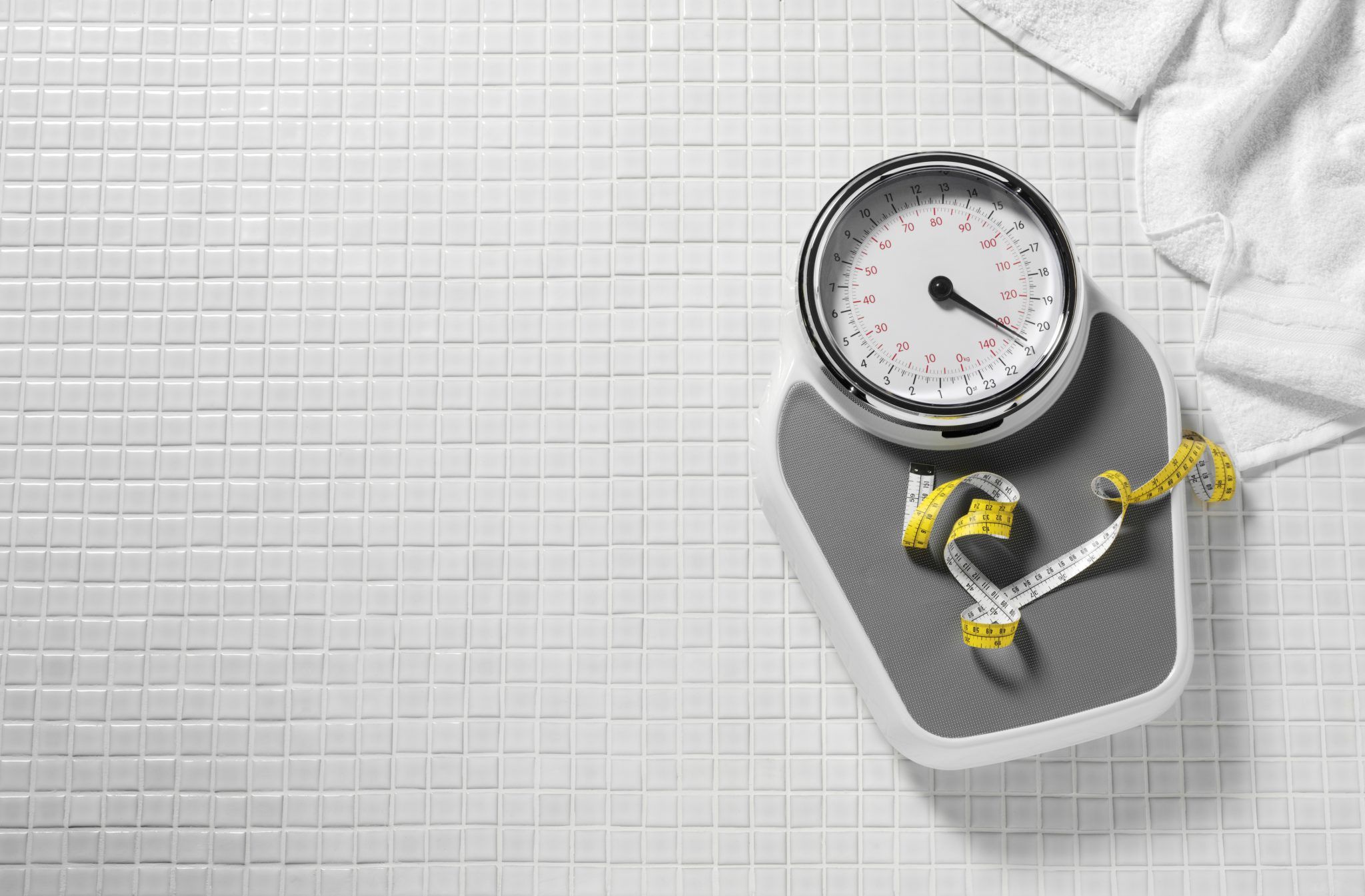There is no perfect, one-size-fits-all diet
The best diet is the one that works for you. A diet which helps you get into a calorie deficit, that is. But it’s all very well being told you need to consume fewer calories.
If you want to lose weight, you probably know you need to be in a calorie deficit. Where most people fall down is knowing the exact number they need, and how to create a diet plan around that.
How do you work out the number of calories you need to lose weight? These are the key steps to follow:
Step 1: BMR
You should first work out your basal metabolic rate (BMR). This is the amount of energy / calories you need just to function.
For example, just existing as a living and breathing person burns around 2000 calories per day.
There are many helpful BMR calculators out there. They’ll all ask you to do the following:
- Add in your height
- Weight
- Age
This will then give you a BMR figure.
Step 2: The daily formula
Once you’ve worked out your basal metabolic rate (BMR), you’ll need to carry that number forward.
To work out how many calories you need, you’ll need to add your BMR into the following formula:
- If you are sedentary (little / no exercise): = BMR x 1.2
- If you are lightly active (light exercise / sports 1-3 days a week): = BMR x 1.375
- If you are moderately active (moderate exercise / sports 3-5 days a week): = BMR x 1.55
- If you are very active (hard exercise / sports 6-7 days a week): = BMR x 1.725
- If you are extremely active (intense exercise / sports & physical job or 2 x training): = BMR x 1.9
You have to be honest with yourself here. You may hit the gym 4 times a week, but if you work at a desk all day that doesn’t qualify as highly active behaviour.
Similarly, you could be underestimating how many calories you need if you work an extremely taxing manual job.
This calculation is known as the Harris-Benedict Formula. It’s generally accepted as being the most accurate judge of daily calorie needs.
- As an example, if your BMR comes out at 1800, you play Sunday league football and also hit the weights in the week, you’d probably class as moderately active
- For this individual, daily calorie needs would be 1800 x 1.55 = 2790
Step 3: Making use of the data
Your daily calorie figure is the number of calories you need to maintain your weight. The next step is to draw up a diet plan which fits with this number and your goals.
If you’re looking to lose weight, you might want to start by taking 10-20% of this figure, and then subtracting it from the number you need to maintain weight.
For the footballer needing 2790 calories to maintain weight, consuming 10-20% less would see your calorie intake slashed by between 279 and 558 calories.
Tracking your food intake
Food diary apps come in handy when drawing up your diet plan. Take Myfitnesspal as an example. Either scan the barcode of your food, or if it comes without one, just manually add the nutritional information in.
Ensure your meals, snacks and drinks fit into the calorie target. It doesn’t matter whether you opt for fewer big meals or more frequent, smaller feeds.
It’s recommended you log your food for a period of about two or three weeks. By this point, you will have learned the habit. You won’t need to log in every single piece of data for the rest of your life, so don’t worry about that.
It’s just a useful guidance tool to help you on your way.
The hardest but simplest step then is to follow your diet and training plan with consistency. The results will follow.
Read more from JOE:
- Running a marathon? Smash your PB with these top training tips
- Weightlifting reduces your risk of a heart attack by as much as 70%
- These are the best bicep and tricep exercises, according to science












































